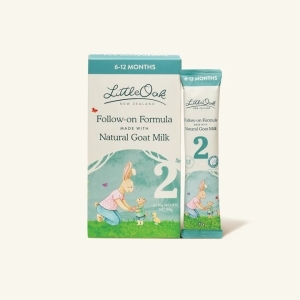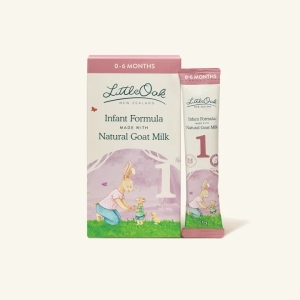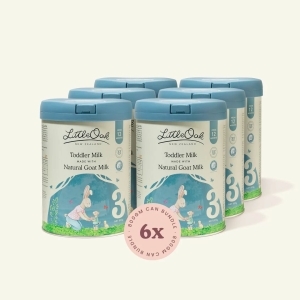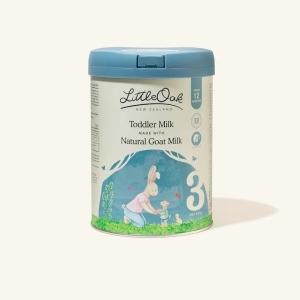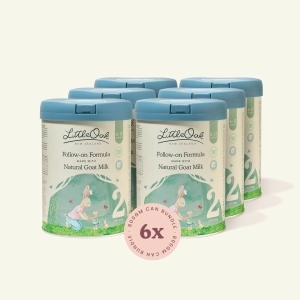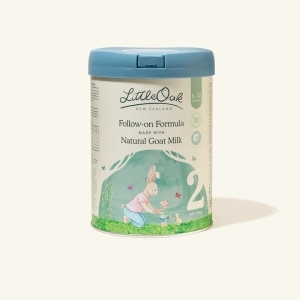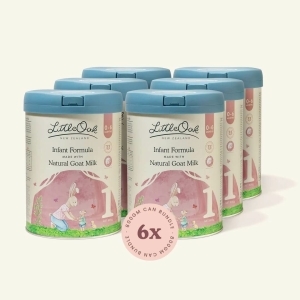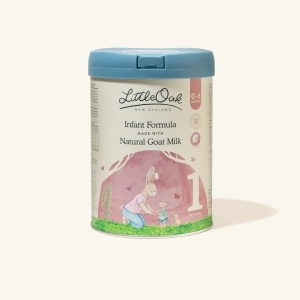When Formula May Be Needed:
– Formula can be a helpful option if your baby is losing weight, jaundiced, is small for their age, or if you’re not producing enough breast milk.
– It can also support breastfeeding parents who are balancing return-to-work plans or need others to feed the baby.
Combining Breast and Bottle (Mixed Feeding):
– Always breastfeed from both breasts before offering formula to help maintain milk supply.
– If needed, you can offer breastfeeds, take a short break, then offer formula as a top-up.
– Keep formula top-ups small to encourage breast stimulation and protect supply.
– Use paced bottle-feeding techniques-which mimic the flow of breastfeeding-to avoid overfeeding and help your baby regulate intake.
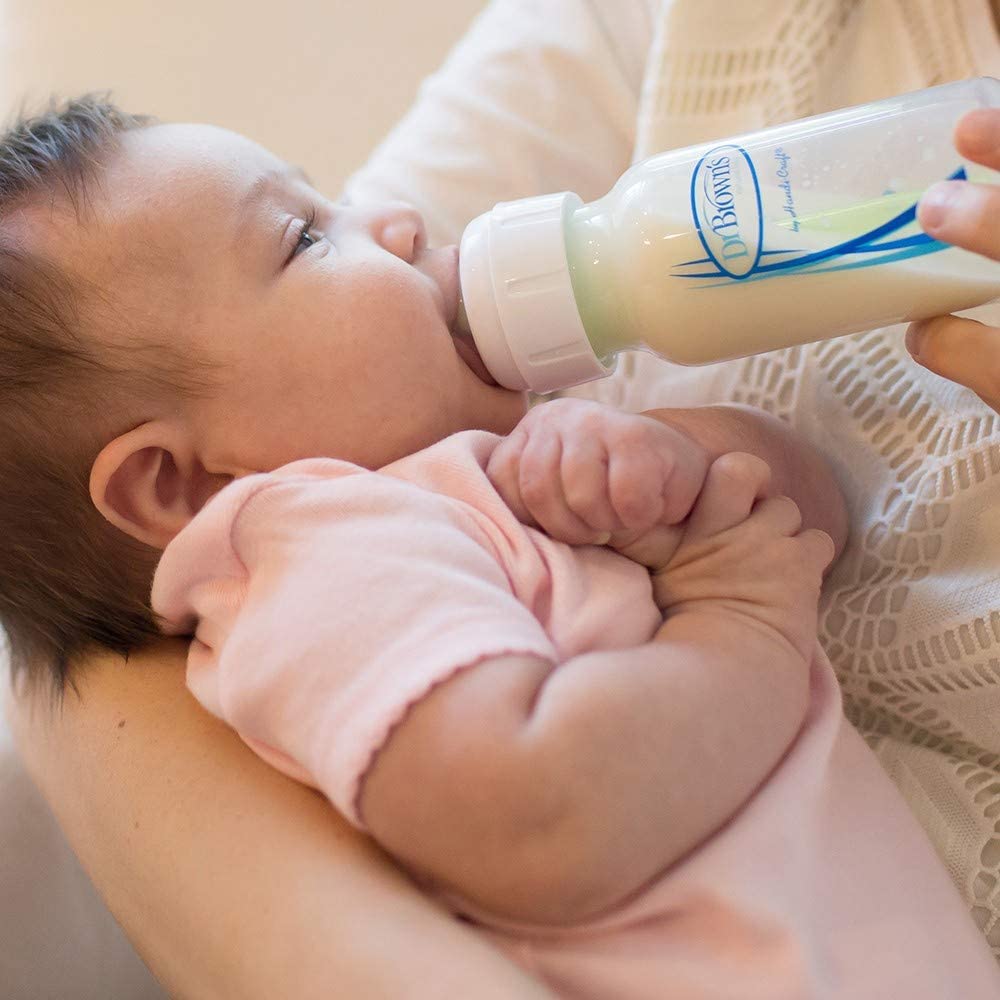
Choosing a Formula:
– No single brand is always best; choose one that fits your budget and is tolerated by your baby.
– If your baby has a reaction to one type, consult with an IBCLC for alternatives.
Safe Preparation & Bottles:
– Always prepare formula accurately and follow hygiene guidelines-powdered formula can be contaminated if not handled correctly.
– Encourage slower feeding by offering smaller amounts, turning the bottle sideways, and using slow-flow teats appropriate to your baby’s age (slow for 0-3 m, medium for 3-6 m).
Phasing Out Formula (If Desired):
– To gradually stop formula top-ups, replace small amounts (around 30 mL daily) with additional breastfeeds or pumping sessions.
– Aim for about 8-12 breastfeeding sessions per day to keep milk production boosted.
Final Thoughts
– Mixed feeding is a valid and flexible choice to ensure your baby is nourished and your breastfeeding journey continues.
– Selecting a formula that suits your baby and practicing paced feeding preserves their natural feeding rhythms.
– If you have any concerns or questions, your IBCLC can offer expert guidance.




